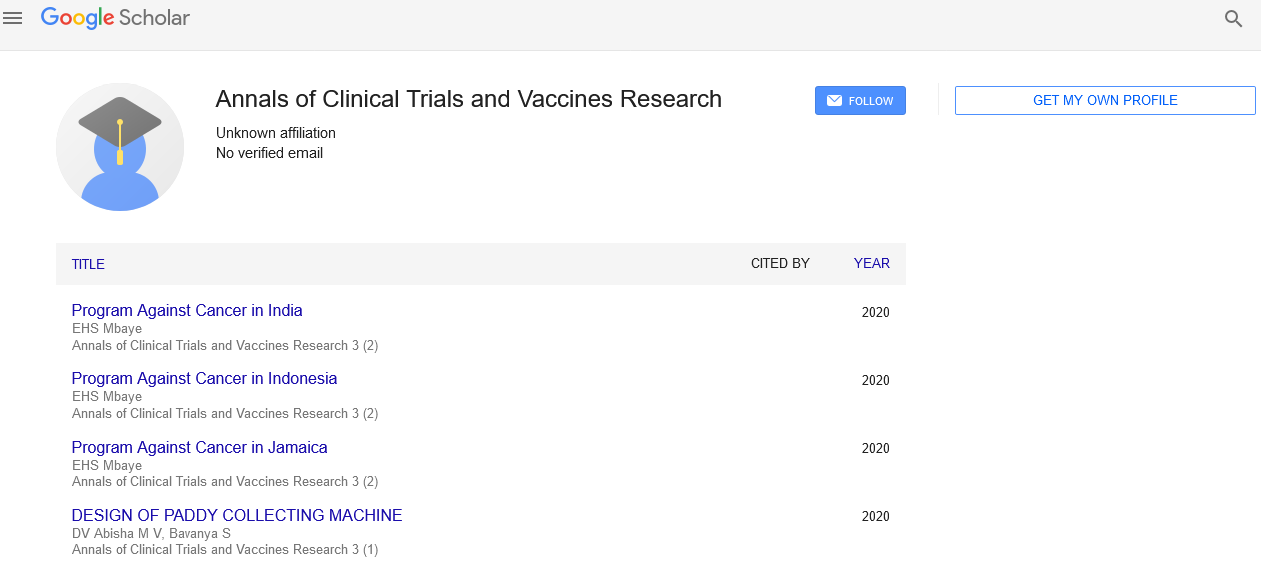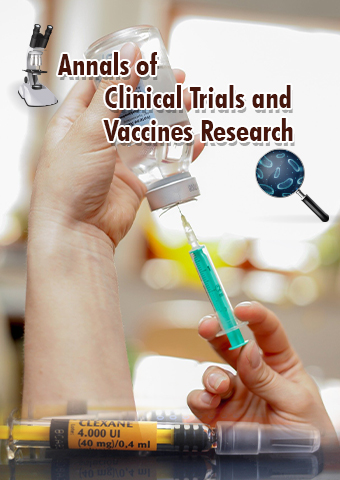Perspective - Annals of Clinical Trials and Vaccines Research (2024) Volume 14, Issue 6
Pharmacological Limitations on Drugs: Challenges and Implications
- Corresponding Author:
- Dema Lamao
Department of Pharmacology, Shapang University, Shapang, Bhutan
E-mail: Dema.lamao@gmail.com
Received: 27-Nov-2024, Manuscript No. ACTVR-24-153426; Editor assigned: 02-Dec-2024, Pre QC No. ACTVR-24-153426 (PQ); Reviewed: 16-Dec-2024, QC No. ACTVR-24-153426; Revised: 21-Dec-2024, Manuscript No. ACTVR-24-153426 (R); Published: 28-Dec-2024, DOI: 10.37532/ACTVR.2024.14(6).296-297
Introduction
The pharmaceutical industry plays a vital role in advancing healthcare by developing drugs to treat various diseases. However, the journey from discovery to delivery is fraught with challenges. Pharmaceutical limitations can arise at multiple stages, from Research and Development (R&D) to distribution and patient access. These barriers can affect drug efficacy, safety, affordability and availability. This article delves into the critical limitations faced in the pharmaceutical sector and explores their implications for public health.
Description
Bioavailability constraints
One of the primary pharmacological limitations is bioavailability, defined as the proportion of an administered drug that reaches systemic circulation in its active form. For oral medications, bioavailability can be compromised by factors such as:
Poor solubility: Many drugs exhibit low water solubility, affecting absorption in the gastrointestinal tract.
First-pass metabolism: The liver metabolizes certain drugs extensively before they reach systemic circulation, reducing their effectiveness.
Chemical instability: Some drugs degrade in acidic environments, such as the stomach, limiting their absorption.
Drug resistance
Drug resistance, particularly in antimicrobials and cancer therapies, poses a significant challenge. Resistance arises due to:
Genetic mutations: Microorganisms or cancer cells may acquire mutations that render drugs ineffective.
Overuse and misuse: Excessive prescription of antibiotics and other drugs accelerates resistance development.
Efflux mechanisms: Cells can develop protein pumps that expel drugs, reducing intracellular concentrations and efficacy.
Toxicity and safety concerns
Adverse Drug Reactions (ADRs) limit the use of many pharmacological agents. These reactions may include:
Organ toxicity: Some drugs, like chemotherapy agents, can damage vital organs such as the liver or kidneys.
Allergic reactions: Hypersensitivity to drugs can cause severe and unpredictable side effects.
Off-target effects: Drugs may interact with unintended biological targets, leading to side effects.
Drug delivery challenges
The effective delivery of drugs to their intended sites of action is another significant limitation. Challenges include:
Crossing biological barriers: The Blood-Brain Barrier (BBB), for instance, restricts the passage of many drugs to the central nervous system.
Controlled release: Achieving sustained and predictable drug release at therapeutic levels remains difficult in some cases.
Target specificity: Many drugs affect both healthy and diseased tissues, leading to collateral damage.
Pharmacokinetics and pharmacodynamics
The interplay between how a drug moves through the body (pharmacokinetics) and its effects on the body (pharmacodynamics) also limits efficacy:
Variable metabolism: Individual differences in metabolic enzymes can lead to under- or over-dosing.
Short half-life: Drugs with a short half-life require frequent dosing, reducing patient compliance.
Receptor desensitization: Prolonged use of certain drugs can diminish receptor responsiveness, decreasing efficacy.
Economic and logistical constraints
Pharmacological limitations are often tied to economic and logistical factors.
Cost of development: Developing drugs to overcome pharmacological challenges is expensive and time-intensive.
Cold chain requirements: Some drugs, particularly biologics, require strict temperature control, limiting their availability in resource-poor settings.
Regulatory hurdles: Navigating the complex regulatory environment adds to development timelines and costs.
Emerging limitations: Genetic and epigenetic factors
Advances in pharmacogenomics have revealed that genetic and epigenetic variations significantly influence drug response. Challenges include:
Genetic polymorphisms: Variations in genes coding for drug-metabolizing enzymes, transporters, and receptors can alter drug efficacy and safety.
Epigenetic modifications: Environmental factors and lifestyle choices can modify gene expression, influencing drug response unpredictably.
Overcoming pharmacological limitations
Addressing these limitations requires a multifaceted approach:
Drug combinations: Using drugs in combination can overcome resistance and enhance efficacy.
Personalized medicine: Tailoring drug therapies based on genetic and phenotypic characteristics enhances safety and effectiveness.
Advanced screening tools: Computational models and high-throughput screening aid in identifying promising drug candidates early in development.
Improved formulations: Enhancing drug formulations, such as using prodrugs or sustained-release systems, can address bioavailability and compliance issues.
Ethical and social considerations
The pursuit of overcoming pharmacological limitations also raises ethical and social questions:
Access to innovation: Ensuring equitable access to advanced therapies in low-income regions is a pressing concern.
Ethical use: Balancing the benefits of off-label drug use against potential risks requires careful judgment.
Long-term impact: The ecological and societal effects of drug resistance necessitate global collaboration.
Conclusion
Pharmacological limitations on drugs remain a significant barrier to achieving optimal therapeutic outcomes. From issues of bioavailability and drug resistance to safety concerns and delivery challenges, these limitations underscore the complexity of drug development and use. By leveraging technological advances, personalized approaches, and collaborative efforts, the healthcare industry can address these challenges, paving the way for more effective and accessible treatments. In doing so, the promise of pharmacology to transform lives and combat diseases can be fully realized.

